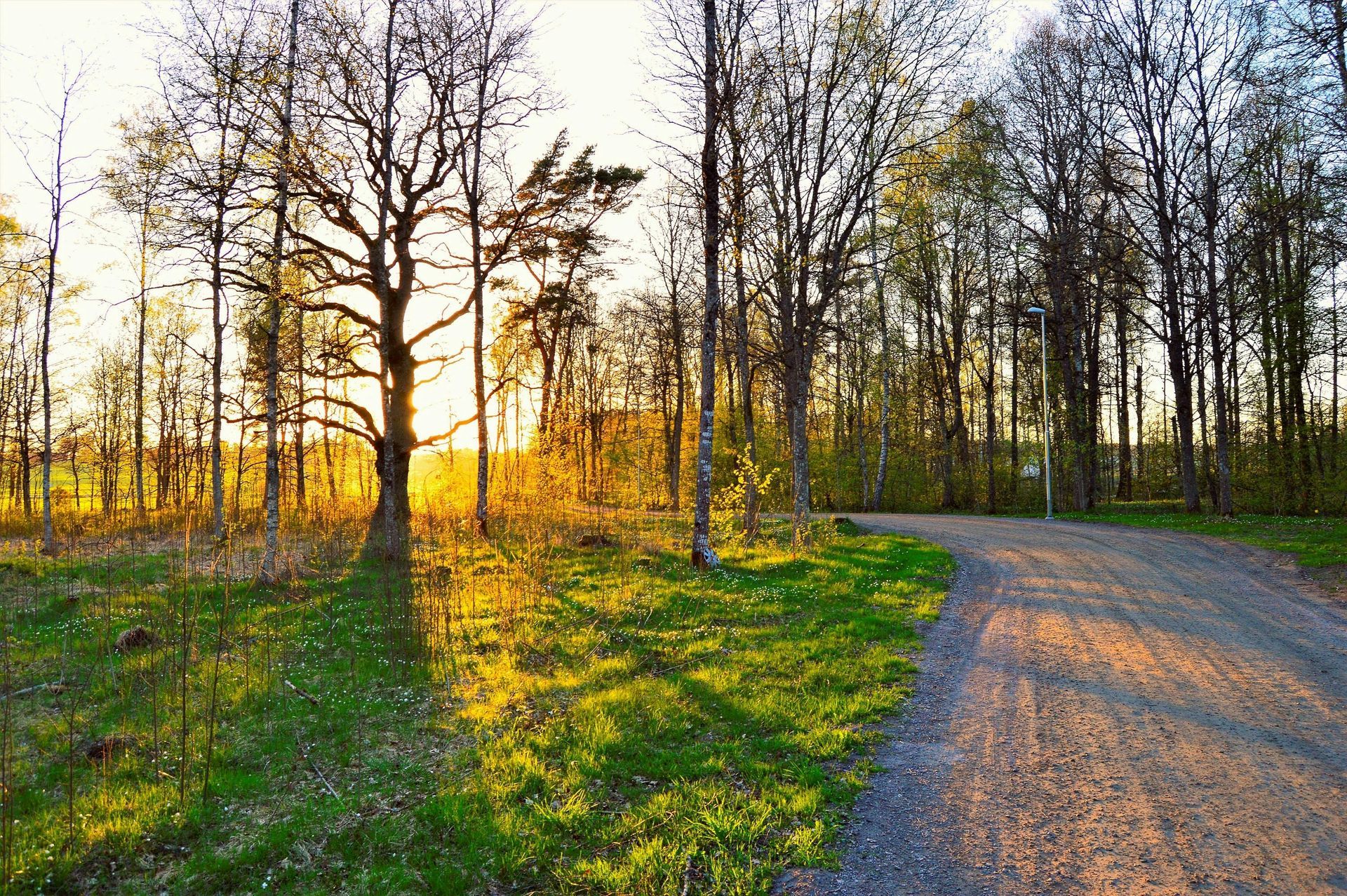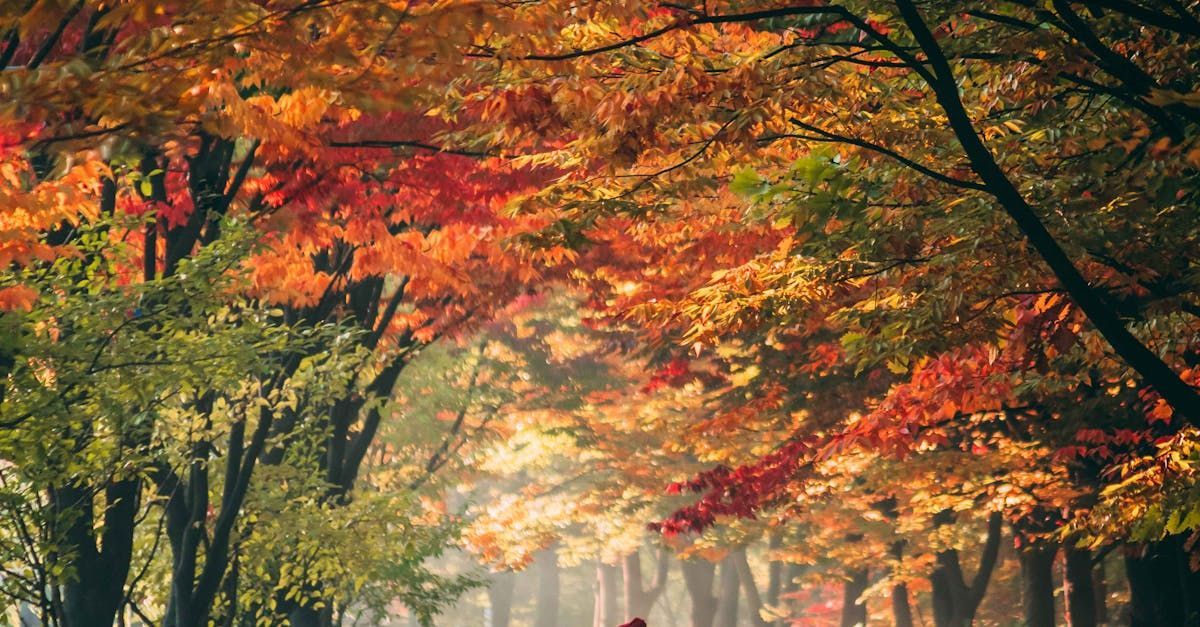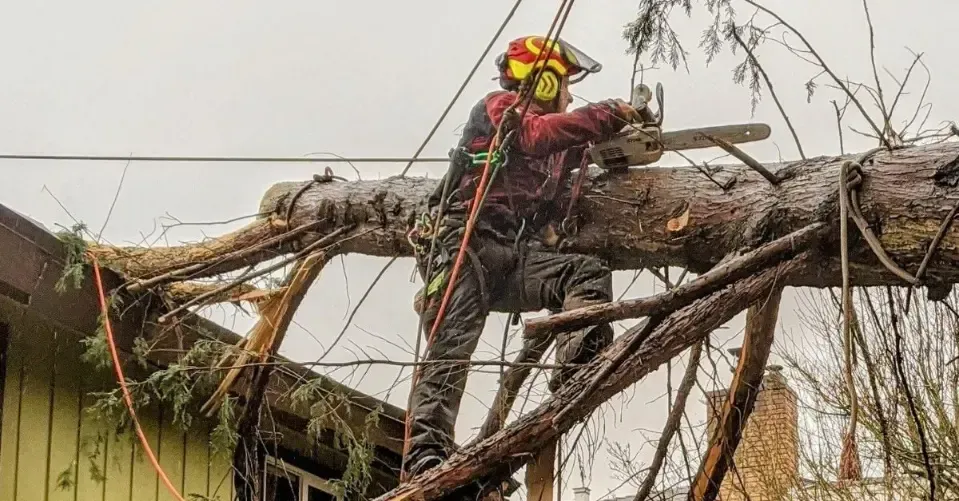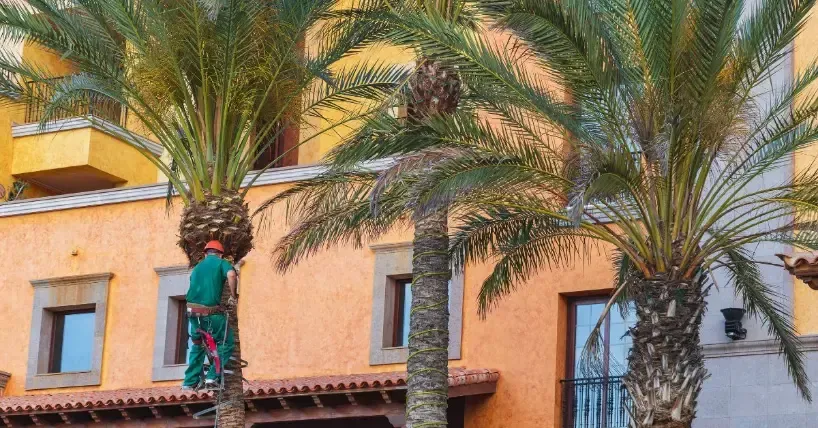Spring Tree Planting Guide
Spring Tree Planting Guide: March Tips for Success 🌱
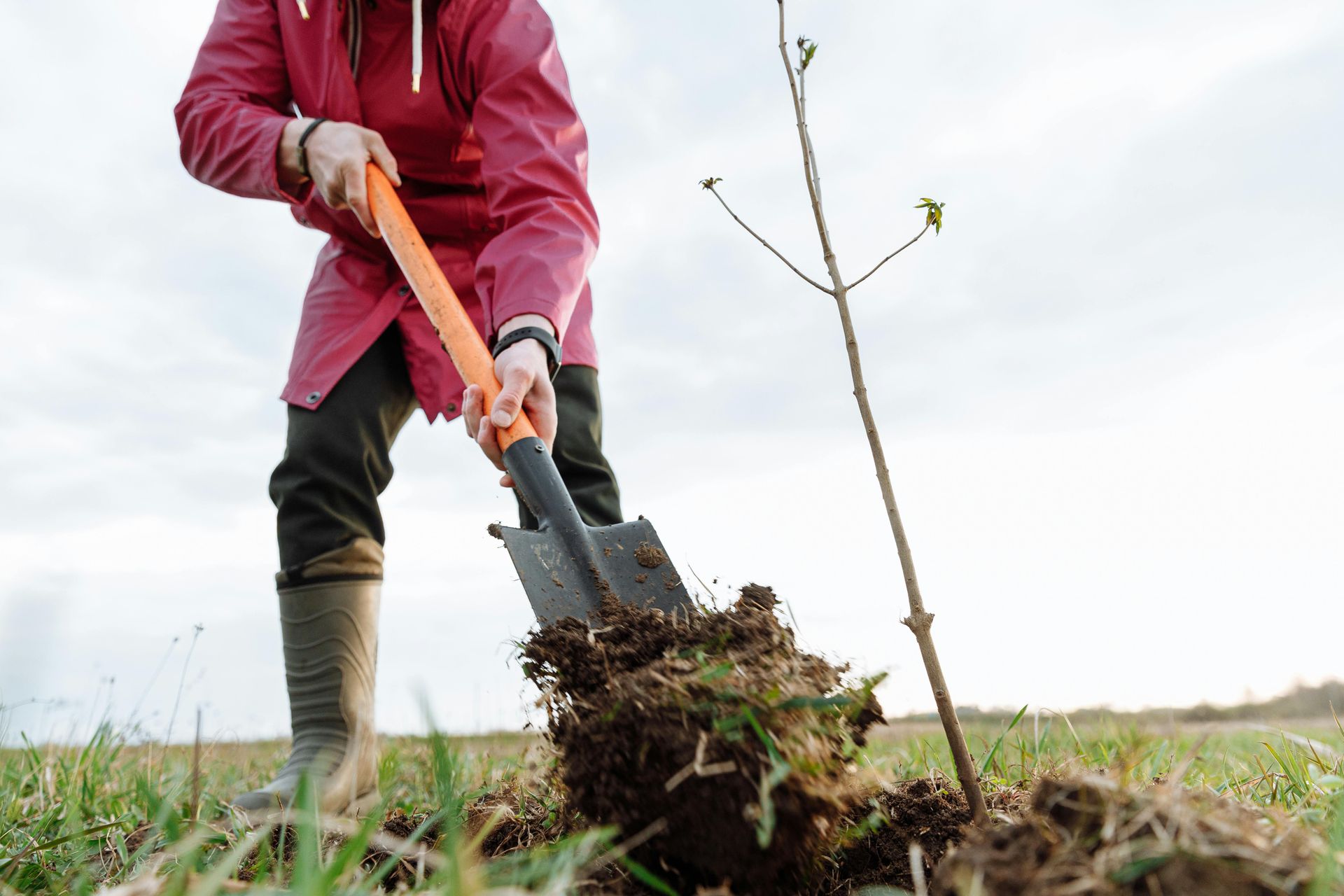
Spring marks the perfect time to plant trees and give your landscape a fresh start. March, with its warming soil and seasonal rains, is the ideal month to begin your tree-planting projects. Whether you’re enhancing your backyard or contributing to a community space, our guide will help you plant successfully while staying eco-friendly.
Why Spring is Perfect for Planting
Planting in spring allows trees to establish their roots during the cool, moist months before the summer heat. This leads to stronger growth and better survival rates.
Choosing the Right Native Trees
Native trees thrive in the Pacific Northwest's unique climate, support local wildlife, and require less maintenance. Here are some excellent choices to consider:
Evergreens
- Western Red Cedar (Thuja plicata): A towering conifer with fragrant foliage, ideal for moist soils.
- Western Hemlock (Tsuga heterophylla): The state tree of Washington, known for its graceful, drooping branches.
- Sitka Spruce (Picea sitchensis): Thrives in coastal areas, boasting strong wood and striking appearance.
- Mountain Hemlock (Tsuga mertensiana): A slow-growing evergreen suited for cooler, higher elevations.
- Ponderosa Pine (Pinus ponderosa): With its signature long needles and orange-brown bark, it flourishes in well-drained soils.
- Lodgepole Pine (Pinus contorta): Hardy and adaptable, this tree thrives in diverse conditions, from lowlands to mountains.
- Pacific Yew (Taxus brevifolia): A slow-growing evergreen prized for its beautiful wood and shade tolerance.
- Pacific Dogwood (Cornus nuttallii): A stunning tree with large white bracts and vibrant berries that attract birds.
Deciduous Trees
- Bigleaf Maple (Acer macrophyllum): A shade-providing giant with large, vibrant leaves.
- Vine Maple (Acer circinatum): A small, multi-stemmed tree with vivid fall colors, perfect for adding charm to smaller spaces.
- Pacific Madrone (Arbutus menziesii): Known for its smooth, reddish bark and evergreen leaves, this tree thrives in well-drained soils.
Preparing Your Planting Site
Proper preparation ensures your trees thrive. Follow these steps:
- Assess the Site: Consider sunlight, soil type, and space for the tree’s mature size.
- Test the Soil: Ensure good drainage by performing a simple water test.
- Clear the Area: Remove weeds, grass, and debris to minimize competition for nutrients.
Planting Steps
- Dig the Hole: Make it twice as wide as the root ball and as deep as its height.
- Prepare the Roots: Loosen any circling roots to encourage outward growth.
- Position Correctly: Ensure the root flare is at soil level.
- Backfill: Refill the hole with native soil, avoiding amendments.
- Water Thoroughly: Saturate the soil immediately after planting.
- Add Mulch: Apply 2-4 inches of mulch around the base, keeping it clear of the trunk.
Aftercare Tips
- Water Regularly: Especially during dry periods, keep the soil evenly moist.
- Protect the Tree: Use guards to shield young trees from wildlife or mechanical damage.
- Monitor Growth: Remove weeds and check for pests or diseases.
Benefits of Native Trees
Planting native trees is a gift to your local ecosystem. They support biodiversity, provide natural habitat, improve air and water quality, and adapt seamlessly to the climate.
Local Resources in the Pacific Northwest 🌲
- King Conservation District: Offers a wide range of native trees and shrubs.
- WNPS Home: A fantastic resource for learning more about native species.
- Local Nurseries: Many offer expert advice and native plant selections.
Need Expert Help?
At Sound Tree Care LLC, we specialize in tree planting and care to ensure long-term success. Whether you need help selecting trees, planting them, or caring for mature specimens, we’ve got you covered. Call 206-486-7790 or use the online form. Visit us at www.soundtreecarellc.com to learn more or schedule a consultation.
This March, let’s plant for a greener, healthier future. Happy planting! 🌳



